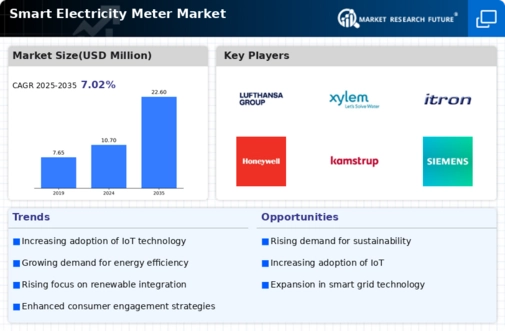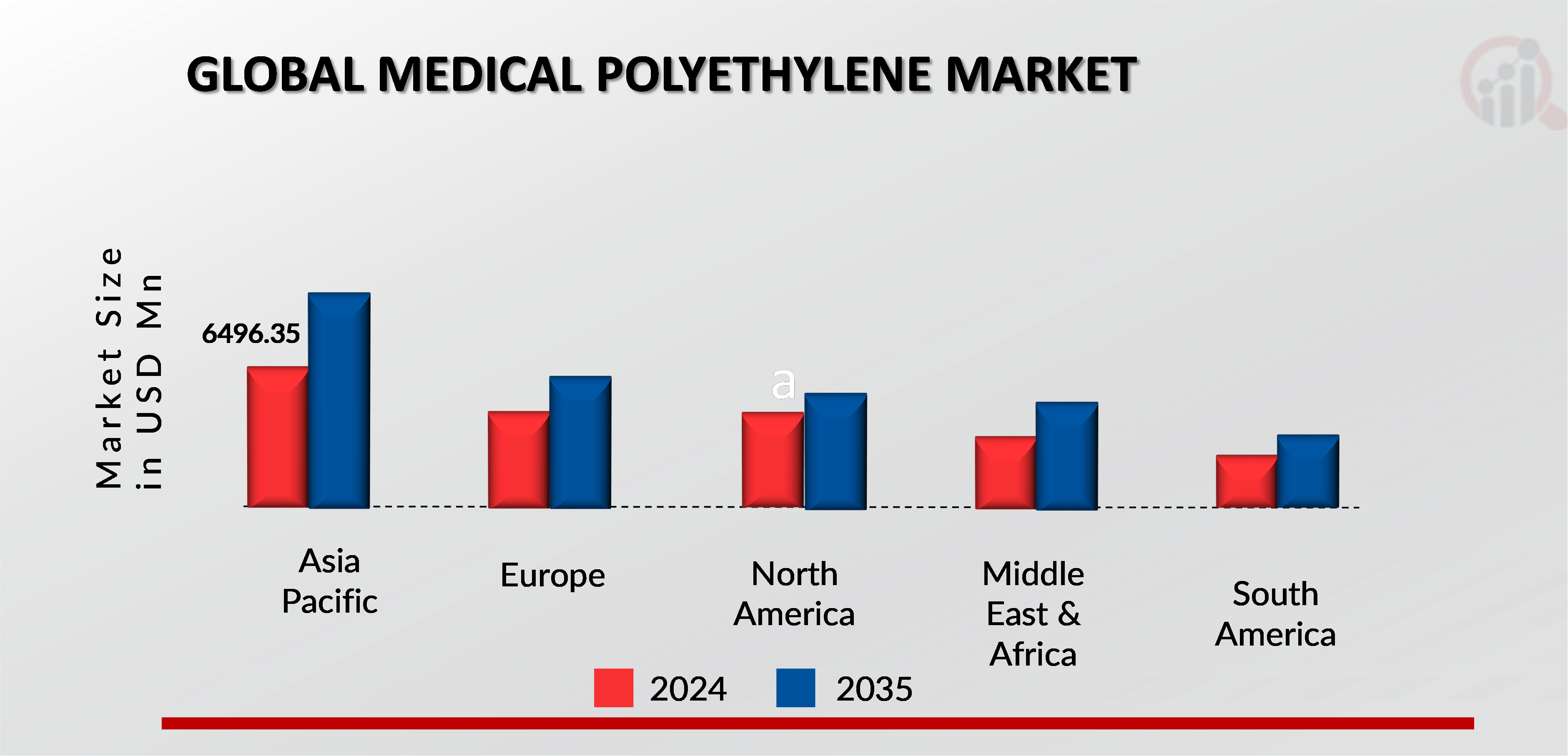Smart Electricity Meter Market Summary
The Global Smart Electricity Meter Market is projected to grow from 10.7 USD Billion in 2024 to 22.6 USD Billion by 2035.
Key Market Trends & Highlights
Smart Electricity Meter Key Trends and Highlights
- The market is expected to experience a compound annual growth rate (CAGR) of 7.02 percent from 2025 to 2035.
- By 2035, the market valuation is anticipated to reach 22.6 USD Billion, indicating robust growth potential.
- In 2024, the market is valued at 10.7 USD Billion, reflecting a strong foundation for future expansion.
- Growing adoption of smart electricity meters due to increasing demand for energy efficiency is a major market driver.
Market Size & Forecast
| 2024 Market Size | 10.7 (USD Million) |
| 2035 Market Size | 22.6 (USD Million) |
| CAGR (2025-2035) | 7.02% |
Major Players
Lufthansa Group, Xylem Inc, Itron, Honeywell, Kamstrup, Networked Energy Services, Siemens, Schneider Electric, Landis+Gyr, Hubbell Incorporated, Osaki Electric Co., Ltd










